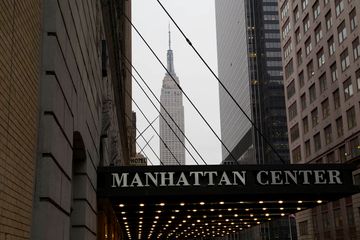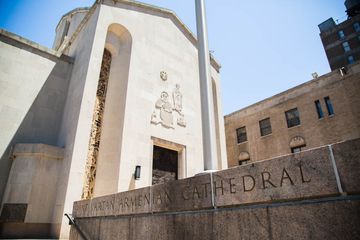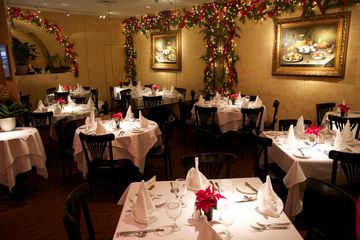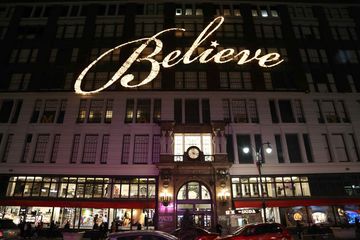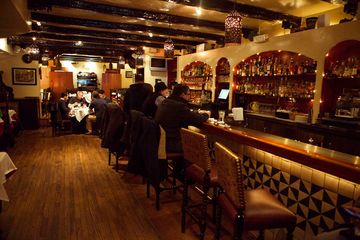Although they have changed hands over the years, El Parador is reputed to be the oldest Mexican restaurant in the city. Having opened his doors in 1959 on Second Avenue, Carlos Jacott moved to the current address in 1969 and then sold his restaurant to Manny Alejandro in 1990. He, in turn, handed over the reins to his son, Alex, who I enjoyed chatting with one winter afternoon. He told me that parts of the building date back over a hundred years. The menu is typically Mexican, however, Alex continued, "we are always showcasing traditional dishes while also playing with them to make a more modern presentation. " Mole Poblano is their classic recipe that has been handed down, but Alex and his team continue to tweak it. When I ask what his favorite dish is, he smiled and immediately responded, "Shrimp quesadilla - this is mine. " Alex trained at the French Culinary School before coming to El Parador. He initially came in as a manager under his father's guidance, until he purchased the restaurant from his dad in 2007. Now that his father is retired, Alex has his "hands in all the pots" both working his magic in the kitchen and up front with the customers. I always love the stories of the people behind a restaurant's success and on this day, I learned that Chef Boni Jr. has been with Alex for fifteen years, and Manuel, the bartender for twenty-five. The black lacquered beams, wood flooring, tin lanterns, strong margaritas, warm chips and salsa (not for vegetarians), topnotch guacamole and spending time with Alex made for a nice reprieve from the cold.
